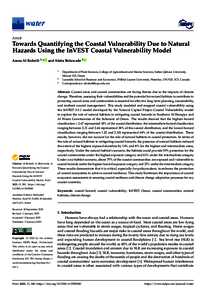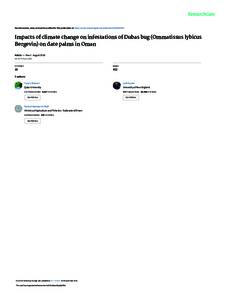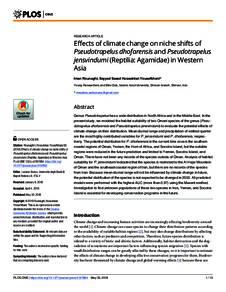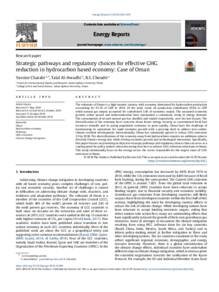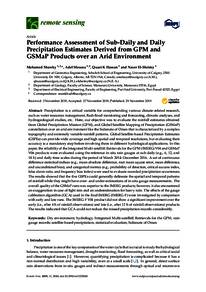وثيقة
Towards quantifying the coastal vulnerability due to natural hazards using the invest coastal vulnerability model.
المعرف
DOI: 10.3390/w15030380
المصدر
Water (Switzerland). v. 15, 3, 380
المساهمون
Boluwade, Alaba., مؤلف
الدولة
Switzerland
مكان النشر
Basel
الناشر
MDPI.
ميلادي
2023-02-01
اللغة
الأنجليزية
الملخص الإنجليزي
Coastal areas and coastal communities are facing threats due to the impacts of climate change. Therefore, assessing their vulnerabilities and the potential for natural habitats to contribute to protecting coastal areas and communities is essential for effective long-term planning, sustainability, and resilient coastal management. This study modeled and mapped coastal vulnerability using the InVEST 3.9.1 model developed by the Natural Capital Project Coastal Vulnerability model to explore the role of natural habitats in mitigating coastal hazards in Southern Al Sharqiya and Al Wusta Governorates of the Sultanate of Oman. The results showed that the highest hazard classification > 2.67 represented 18% of the coastal distribution, the intermediate hazard classification ranging between 2.31 and 2.66 represented 38% of the coastal distribution, and the lowest hazard classification ranging between 1.22 and 2.30) represented 44% of the coastal distribution. These results, however, did not account for the role of natural habitats in coastal protection. In terms of the role of natural habitats in mitigating coastal hazards, the presence of natural habitats reduced the extent of the highest exposed shoreline by 14% and 8% for the highest and intermediate areas, respectively. Under the natural habitat’s scenario, the habitats could provide 59% protection for the coastal communities under the highest exposure category and 41% under the intermediate category. Under a no-habitat scenario, about 75% of the coastal communities are exposed and vulnerable to coastal hazards under the highest hazard exposure category and 25% under the intermediate category. These results demonstrate that it is critical, especially for policymakers, to enhance the protection of coastal ecosystems to achieve coastal resilience. This study buttresses the importance of coastal ecosystem assessments in ensuring coastal resilience and climate change adaptation processes for any coastal countries.
ISSN
2073-4441
قالب العنصر
مقالات الدوريات

